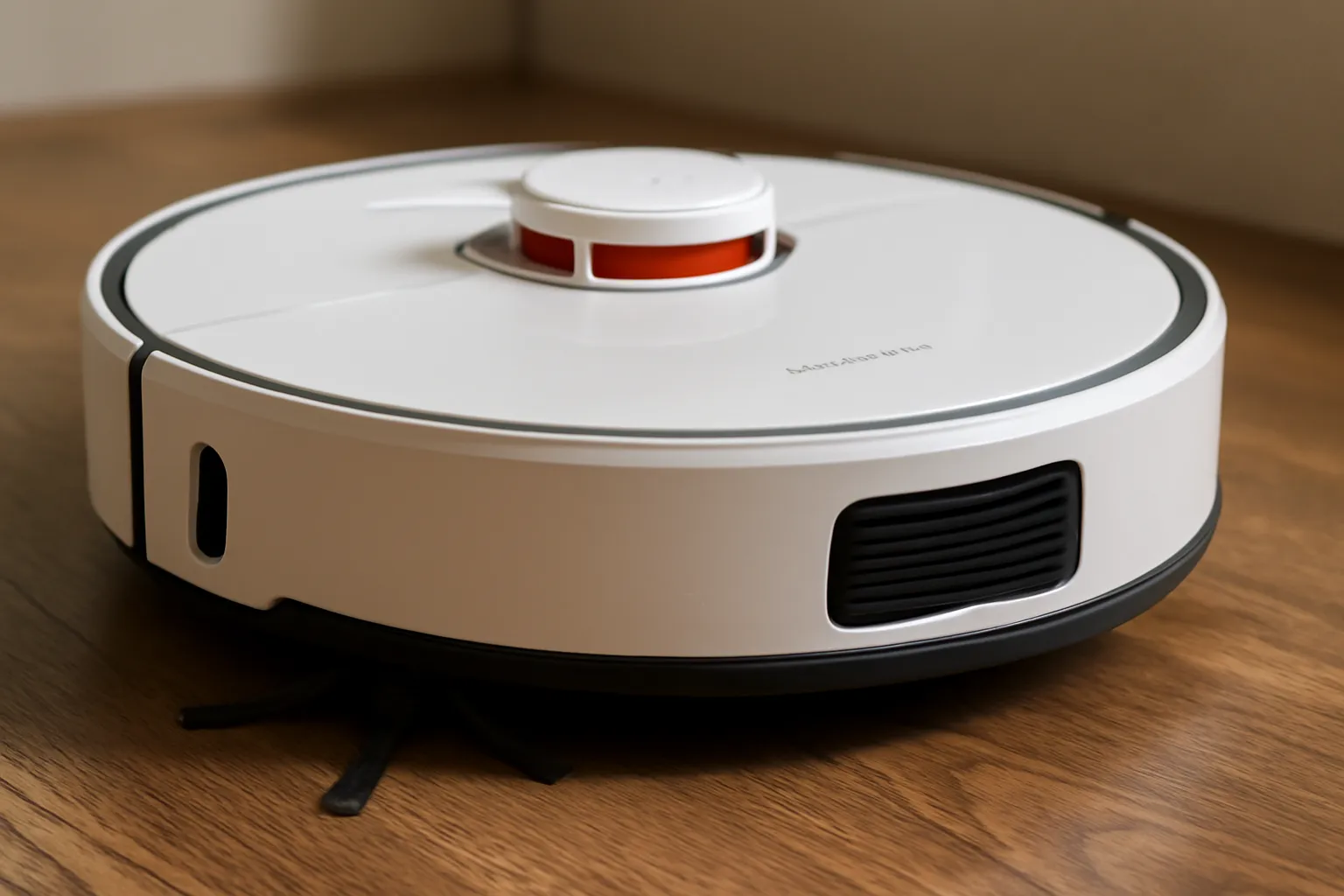Is your Roborak getting louder? Wondering why the noise is increasing and how to fix it? Discover the common causes of Roborak noise and practical tips to reduce it effectively.
The rise in noise from Roborak robotic vacuum cleaners has become a common concern for many users. As these devices become a more integral part of modern households, it’s crucial to understand why noise levels might increase over time and how you can reduce them. Whether you’re hearing a strange hum, buzzing, or loud whirring sound, there could be multiple causes behind it. This article will explore the reasons why Roborak noise grows louder and offer insights on how to manage or eliminate it.
1. Roborak Noise: What’s Going Wrong?
The noise produced by a Roborak vacuum cleaner can be affected by several factors, from the design of the device to how it’s maintained. Roborak vacuums are typically designed to be quieter than traditional vacuums, but over time, various elements may contribute to increased sound levels. The main sources of noise include the motor, the main brush, and the charging station.
Motor and Fan Noise
As the motor works to suck up dust and debris, it generates noise, especially when the device is performing tasks such as deep cleaning. The fan, which helps circulate air, can also add to the noise. Over time, wear and tear can cause these components to produce more sound.
Main Brush and Wheels
The movement of the main brush and wheels on the floor can create friction, resulting in increased noise levels. As the brush wears down, it may not rotate as smoothly, causing more noise. Additionally, if hair or debris gets caught in the brush, it can cause the device to make a louder, more strained noise.
Charging Station Issues
If the Roborak is docked for charging, the noise might come from the charging process. If the charging station is malfunctioning or misaligned, it could produce an unusual buzzing sound during charging sessions.
Tips to Reduce Roborak Noise
To reduce the noise from your Roborak vacuum, regular maintenance is essential. Cleaning the main brush, checking for debris, and ensuring that the wheels and motor are working smoothly can help. You can also consider placing the device on a soft surface, like a rug, to absorb some of the noise. Lastly, checking for any loose parts that might be vibrating can eliminate unnecessary sounds.
2. Robo Rak Charging Noise: What’s Behind It?
The charging noise produced by Roborak vacuums is another common concern. Many users have reported a buzzing or humming sound when the vacuum is placed on its dock to recharge. This is often due to electrical components and the charging mechanism of the device. Let’s explore why this noise occurs and what can be done to minimize it.
Charging Station Power Supply
When the Roborak vacuum connects to the charging station, electrical currents are involved. The power supply may emit a hum or buzz, especially if the power supply or docking station is not properly aligned. This is a common issue, but it’s usually harmless.
Misalignment of Charging Contacts
If the charging contacts are misaligned or dirty, it can cause intermittent connections, leading to a buzzing sound. Over time, this issue may become more pronounced, especially if the contacts become corroded. Regularly cleaning the charging contacts can help reduce the noise.
Overheating During Charging
If your Roborak vacuum is charging in a confined space or if it’s been in use for a long period, it might overheat. This can lead to a louder noise during charging as the internal cooling fan works harder to regulate the temperature. Ensuring proper ventilation around the charging station can help prevent this.
How to Fix Charging Noise
To reduce charging noise, first, ensure that the charging station is placed on a flat, stable surface. Make sure the contacts are clean and aligned properly. If the vacuum still produces excessive noise, try charging it in a cooler, more ventilated area to prevent overheating.
3. Robo Rak Noise Mat: An Effective Solution
One of the most effective ways to deal with Roborak noise is by using a noise mat. These mats are designed to reduce vibrations and absorb sound, making them an ideal solution for users who are bothered by loud noises during operation or charging.
How Noise Mats Work
Noise mats work by absorbing the vibrations produced by the Roborak vacuum. When placed under the vacuum or its charging station, these mats help dampen the sounds generated by the motor and other components. This can be particularly helpful for users who have sensitive ears or who live in apartments with thin walls.
Choosing the Right Noise Mat
When selecting a noise mat, look for one specifically designed for robotic vacuums. These mats are typically made from materials like rubber or foam, which are excellent at absorbing vibrations. You can also find mats with adhesive backing to keep them in place.
Benefits of Using a Noise Mat
Using a noise mat offers several benefits, including reduced noise during cleaning, less vibration on the floor, and longer motor life due to less wear and tear. If you find that your Roborak vacuum is too loud, a noise mat can provide immediate relief without the need for complex repairs.
Conclusion
Dealing with Roborak noise doesn’t have to be a major headache. By understanding the common causes—such as motor, brush, and charging station issues—and implementing simple solutions like regular maintenance or using a noise mat, you can significantly reduce the noise levels and enjoy a quieter cleaning experience. With these tips, your Roborak vacuum cleaner can continue to perform effectively without disrupting your daily life.
For more information on how to reduce Roborak noise and improve your vacuum’s performance, check out the full guide below.






